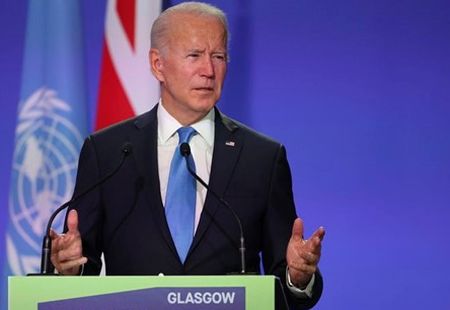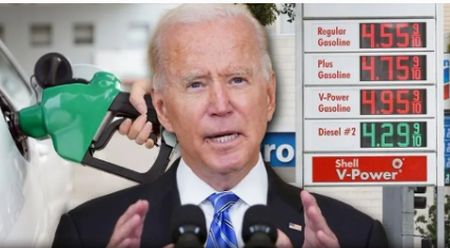The Saudis have now extended their production cuts, and recently said they'll continue the reductions into September
WASHINGTON, D.C. (Texas Insider Report) — In late August of 2020, when Donald Trump was president and American Oil & Gas was being produced, the National Gas Price Average across the nation was $2.23 – but it was expected to move lower in the weeks ahead after having jumped as a result of Hurricane Laura's impact on the processing facilities in Texas and on the Gulf Coast.
 “It’s typical to see increased demand and more expensive gas prices ahead of a storm, especially one that threatens rigs and refineries in the Gulf of Mexico region,” said AAA's Jeanette Casselano at the time.
“It’s typical to see increased demand and more expensive gas prices ahead of a storm, especially one that threatens rigs and refineries in the Gulf of Mexico region,” said AAA's Jeanette Casselano at the time.
“Usually it takes a hurricane to move prices that much,” said AAA spokesman Andrew Gross, adding that the recent spike in prices is especially interesting as “fewer people are are fueling up” their cars this summer compared to years past.
Gas prices ticked up .15¢ in just the past week, with the average price per gallon in:
- California hitting $5.01 earlier this week – the highest in the country,
- followed by Washington at $4.96 and Oregon at $4.92, and
- in Mississippi, at $3.29 a gallon, gas was cheapest,
- followed by $3.39 in Louisiana and $3.40 in Alabama.
Since the mood of the nation's consumers runs on gas prices – when they're high, economic and pocket-book concerns worsen – rising energy prices are stoking fears of continued high inflation as well.
And some energy analysts are particularly worried about the recent crude oil supply cuts from OPEC producing countries – begun in late spring and continued during the past few months – and point to the possibility of even further supply reductions during the remainder of the year.
And some energy analysts are particularly worried about the recent crude oil supply cuts from OPEC producing countries – begun in late spring and continued during the past few months – and point to the possibility of even further supply reductions during the remainder of the year.
In July, for example, Saudi Arabia starting reducing how much oil it sends to the global economy by 1 million barrels a day. Russia is also exporting less.
The Saudis have extended their cuts during each month this summer, and recently said they will continue the reductions into September.
But that’s not all – in the past week, they have threatened to deepen the reductions.
The Saudis have extended their cuts during each month this summer, and recently said they will continue the reductions into September.
But that’s not all – in the past week, they have threatened to deepen the reductions.
And don't rule out – with Hurricane Season upon us – that severe weather in the Gulf of Mexico could also impact the nation's refinery's capabilities and push prices at the pump up even further.
“If you could guarantee we’re not going to have tropical storm force or hurricane winds in the Gulf of Mexico – that’s a real fly in the ointment,” said one analyst.
























